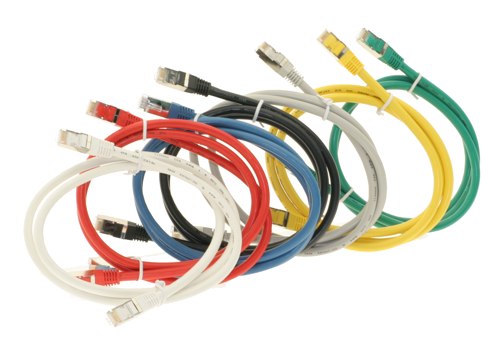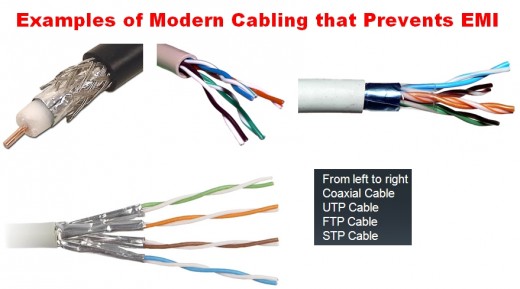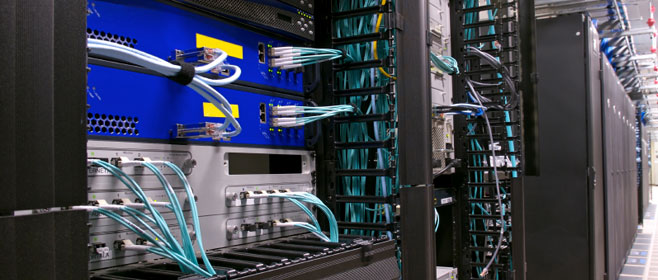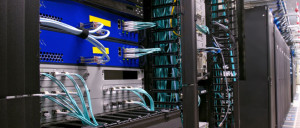
The 5 Most Common Structured Cabling Errors – Part 2
 As mentioned in Part 1, structured cabling systems are so standardized that good practices should merely entail following ISO/IEC, CENELEC or Telecommunications Industry Association (TIA) documentation. Part 2 will discuss three more common errors of structured cabling.
As mentioned in Part 1, structured cabling systems are so standardized that good practices should merely entail following ISO/IEC, CENELEC or Telecommunications Industry Association (TIA) documentation. Part 2 will discuss three more common errors of structured cabling.
Error No. 3
Failing to properly test a structured cabling system after installation is the third error. Structured cabling represents a large commitment of capital expenditure and will typically have the same length of service life as the facility itself. Ensuring that the entire system is installed to specification and the data is at the capacity and speed expected is crucial. Finally, properly testing the cabling system is required to validate the warranty.
Cables installed during the early period of construction may have been subsequently damaged by other workers performing their roles later during the project. Moreover, new cables that appear fine on the exterior may actually be faulty because of damage underneath the coating as a result of being mishandled. All cables require calibrated testing.
Error No. 4
Using unqualified technicians for installation is the fourth error. Scrimping on the quality of workers installing cabling is an unwise way to save money. Problems will eventually be revealed over time. Prior to committing to a service contract with a structured cabling service, review their credentials and confirm their references. Have conversations with previous customers whose project is similar in scope to yours. Working with a reputable structured cabling firm will help make sure your project will be successful for the long term.
Error No. 5
Letting structured cabling patch panels become disorganized is the fifth error. It will harm both the performance and reliability of a company’s IT systems. As time passes, the patch panel or switch ports may be damaged, causing intermittent problems that are very hard to pinpoint. The use of proper cable management hardware for supporting patch cables is good practice. Complying with the specified patching standards required for a particular structured cabling system will result in a sound and reliable network.
Progressive Office Cabling
Founded in 1986, Progressive Office’s success has been a direct result of years of commitment to seeking solutions on behalf of our clients in the Washington, D.C. and New York City areas. Efficiently working together, Progressive teams get cabling installed and operating as fast as possible while minimizing disruption and downtime. Call our toll free number (800) 614-4560 today.



 Moving your company also means relocating and setting up its
Moving your company also means relocating and setting up its 
 As mentioned previously, modern
As mentioned previously, modern 
 As mentioned in Part 1, modern
As mentioned in Part 1, modern 
 Modern data centers are equipped with devices and networking equipment that connect them. These devices demand increasingly greater bandwidth, and so their fiber or copper
Modern data centers are equipped with devices and networking equipment that connect them. These devices demand increasingly greater bandwidth, and so their fiber or copper 



 enhances air circulation and cable ventilation. This can be appropriate beneath desks, elevated floors, or hanging tray systems. You can assemble basket trays for intersections, horizontal sections, mounting braces, hardware, and tray cutters.
enhances air circulation and cable ventilation. This can be appropriate beneath desks, elevated floors, or hanging tray systems. You can assemble basket trays for intersections, horizontal sections, mounting braces, hardware, and tray cutters.